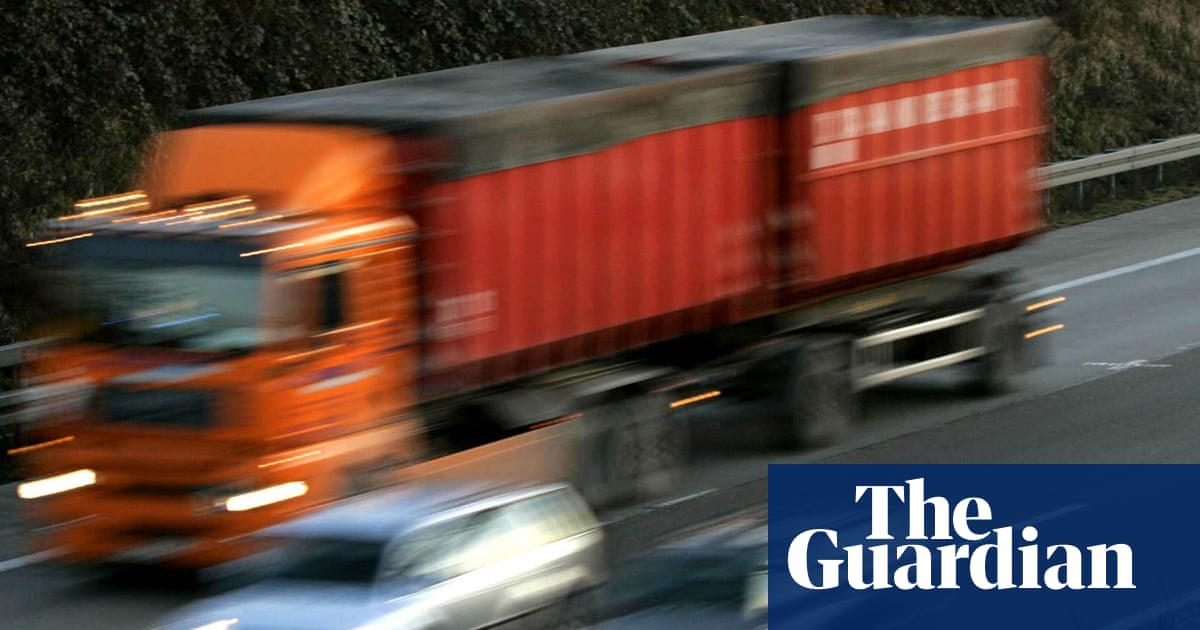Confusion reigned on German autobahns and highways at the start of one of the busiest holiday breaks of the year on Thursday afterGoogle Mapswrongly indicated that vast swathes of them were closed.
People using the navigation service around major conurbations such as Frankfurt, Hamburg and Berlin on motorways between western, northern, south-western and centralGermanywere confronted with maps sprinkled with a mass of red dots indicating stop signs. The phenomenon also affected parts of Belgium and the Netherlands.
Those relying on Google Maps were left with the impression that large parts of Germany had ground to a halt. The situation was compounded by the fact that large numbers of Germans were on the road at the start of a four-day break for the Ascension holiday.
The closure reports led to the clogging of alternative routes on smaller thoroughfares and lengthy delays as people scrambled to find detours. Police and road traffic control authorities had to answer a flood of queries as people contacted them for help.
Drivers using or switching to alternative apps, such as Apple Maps or Waze, or turning to traffic news on their radios, were given a completely contrasting picture, reflecting the reality that traffic was mostly flowing freely on the apparently affected routes.
On social media, users queried the situation and vented their frustration. “They can’t have closed ALL the motorways,” one user said. Another quipped: “It’s like the autobahn system has suffered an acne outbreak.”
Some speculated over whether there had been a major terror incident, and others suspected the intervention of a foreign state in a hack attack.
The cause of the digital navigation breakdown is still unclear.
Sign up toThis is Europe
The most pressing stories and debates for Europeans – from identity to economics to the environment
after newsletter promotion
A spokesperson for Google told German media it was sifting through the information trying to ascertain what had happened. He said once alerted to the irregularities by users, who are able to report suspected errors, the service started checking on and removing incorrect closure signs.
He said: “We cannot comment on specific cases.” He emphasised that the information was gathered from three main sources – a mix of third-party providers, public sources such as transport authorities, and the input of individual users. The map data was updated constantly, though the speed of this varied, he said.
“In general, these sources yield a strong basis on which comprehensive and up-to-date map information is based,” the spokesperson said.
Road users were advised to check more than one source of information when planning future journeys.
